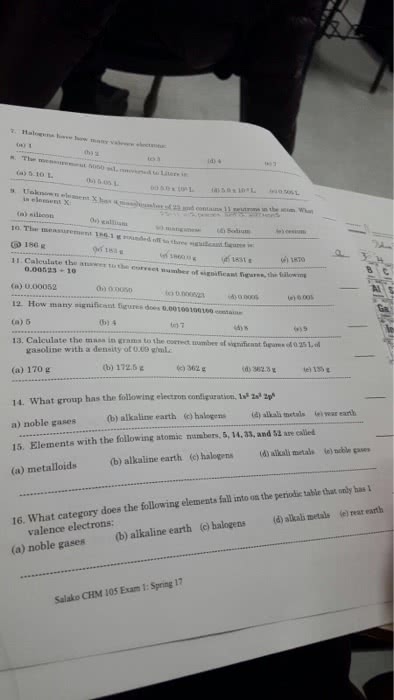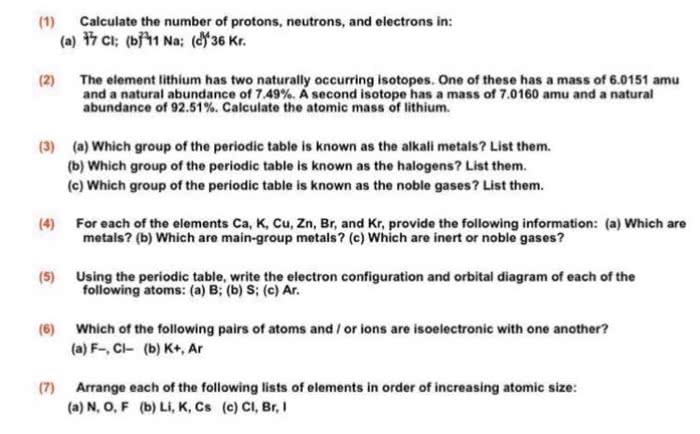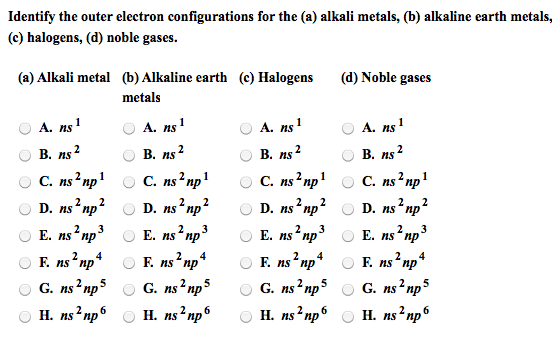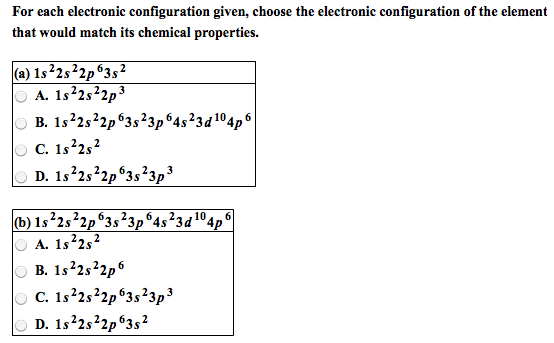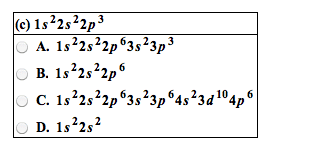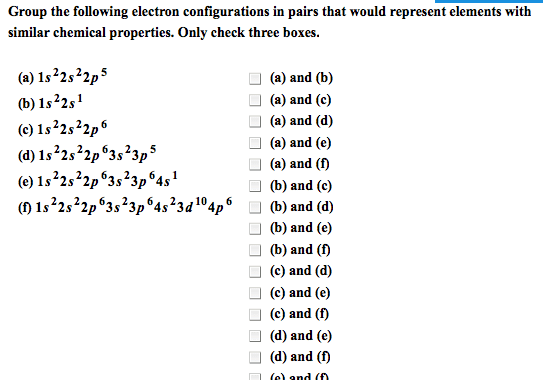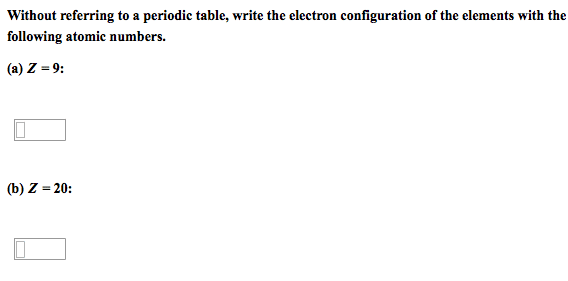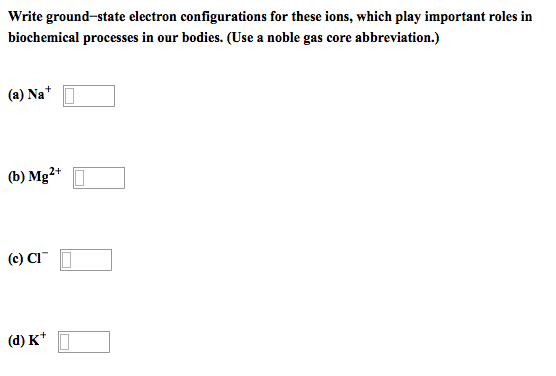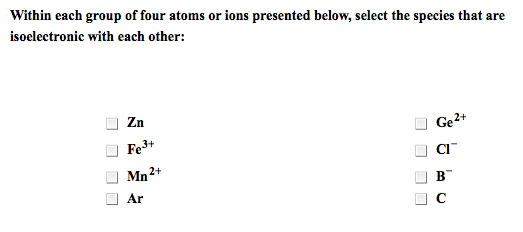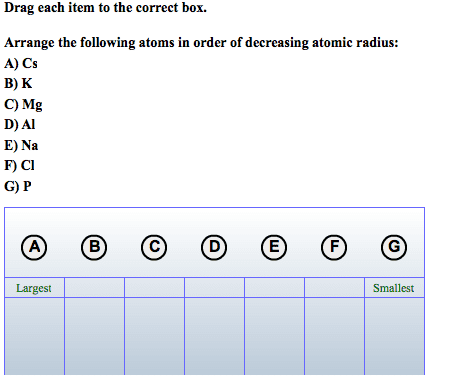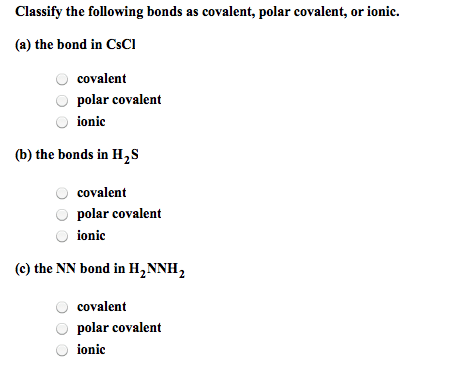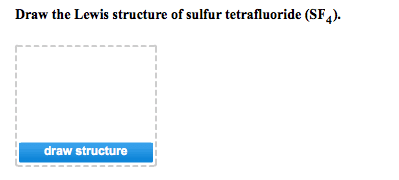CHEM 208 Lecture Notes - Lecture 2: Hydrogen Sulfide, Molar Mass, Bicarbonate
Document Summary
Groups/families: vertical columns: elements in same group have similar chemical properties. Periods: horizontal rows: elements in the same period have different chemical properties. Atomic # is at top, atomic mass is at the bottom: mass number # of protons or electrons = # of neutrons. Physical states of elements: solid, liquid and gas. Generally speaking, metals are solids (at 25 degrees c) with the exception of mercury (hg) which is a liquid (at 25 degrees celsius). Metals lose electron(s) to form cations and the non-metals gain electron(s) to form anions. If e(cid:395)ual # of p(cid:396)oto(cid:374)s a(cid:374)d ele(cid:272)t(cid:396)o(cid:374)s (cid:373)etalloid. Organic: contain at least 1 carbon atom. Inorganic: contain atoms other than carbon: exceptions: carbon monoxide (co), carbon dioxide (co2), etc, contains a metal and a nonmetal (ionic compounds) or, contains 2 non-metals (covalent compound) Formed by the electrostatic attraction between a positive ion (cation from the metal) and a negative ion (anion from the non-metal).


